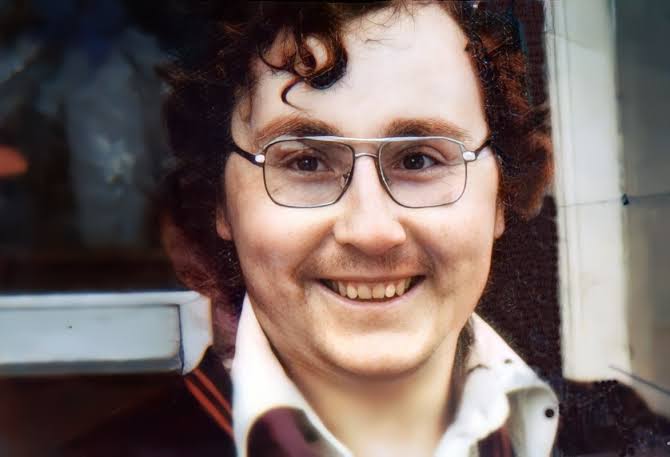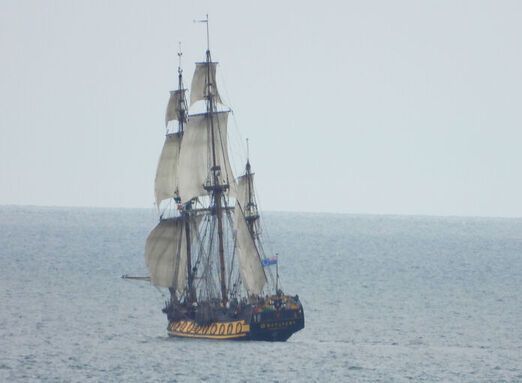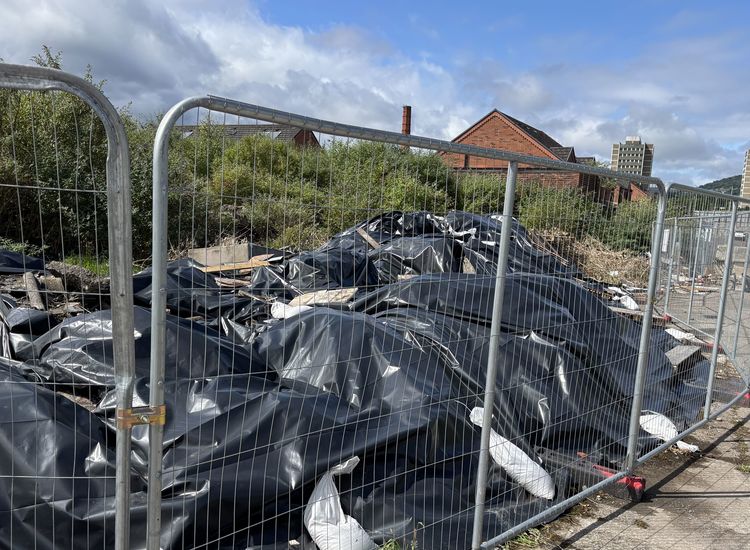The Irish establishment would rather honor the RIC than the 10 hunger strikers of 1981.
The recent commemoration of the hunger strikers in Cork was not reported by the national broadcaster RTE, or covered in any mainstream newspapers - except for the Irish (Cork) Examiner).
This illustrates the bias against Sinn Féin in general, and the deemed incendiary nature of the 1981 hunger strike which saw seven IRA members and three INLA members starve themselves to death for a legitimate aspiration of having political prisoner status restored.
No matter what violent acts these men conducted before the strike their heroism can’t be denied. They knew that death was possible. They knew the long term medical damage that can easily result (even if the strikes were called off).
They knew that they could suffer extreme pain and suffering and blindness. They knew their families would suffer. They still went ahead to make the extreme sacrifice. Even Thatcher in private is said to have admired the hunger strikers as did some Protestant paramilitaries.
The hunger strike in Ireland to the death, as took place between 1917 and 1981 as a formidable weapon. A man’s body against a powerful nuclear-powered NATO country. A human body against institutional violence and discrimination, triumphalism, sectarianism. The ultimate David and Goliath clash.
Thomas Ashe.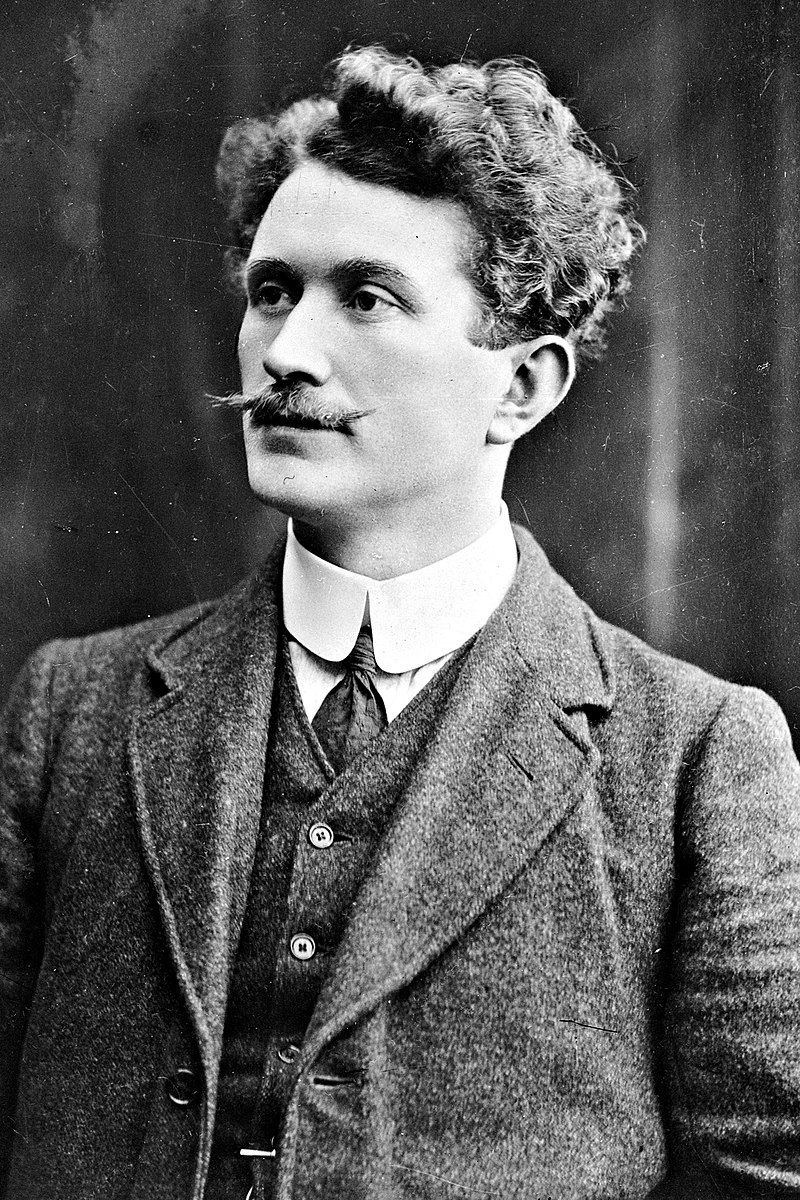
The hunger strike as a weapon in Ireland is doubly potent because of the folk memory that still exists of the Irish Famine which halved the population. As many as 1.5 million starved to death by famine and 1.5 million were forced to emigrate. These wounds lie deep.
The psychology and potency of the hunger strike can be encapsulated in the title of a paper by Abrahamsson in the Journal of International Relations and Development in 2018: "Becoming stronger by becoming weaker: the hunger strike as a mode of doing politics."
The bodies of the 1981 Hunger Strikers were pitted against the British establishment - and it must be said the Irish establishment who did little to assist the hunger strikers. As their bodies became weaker, their moral standing and courage became stronger. When their bodies gave out, their courage was a beacon.
Marching in Cork in memory of Ireland's Hunger Strikers.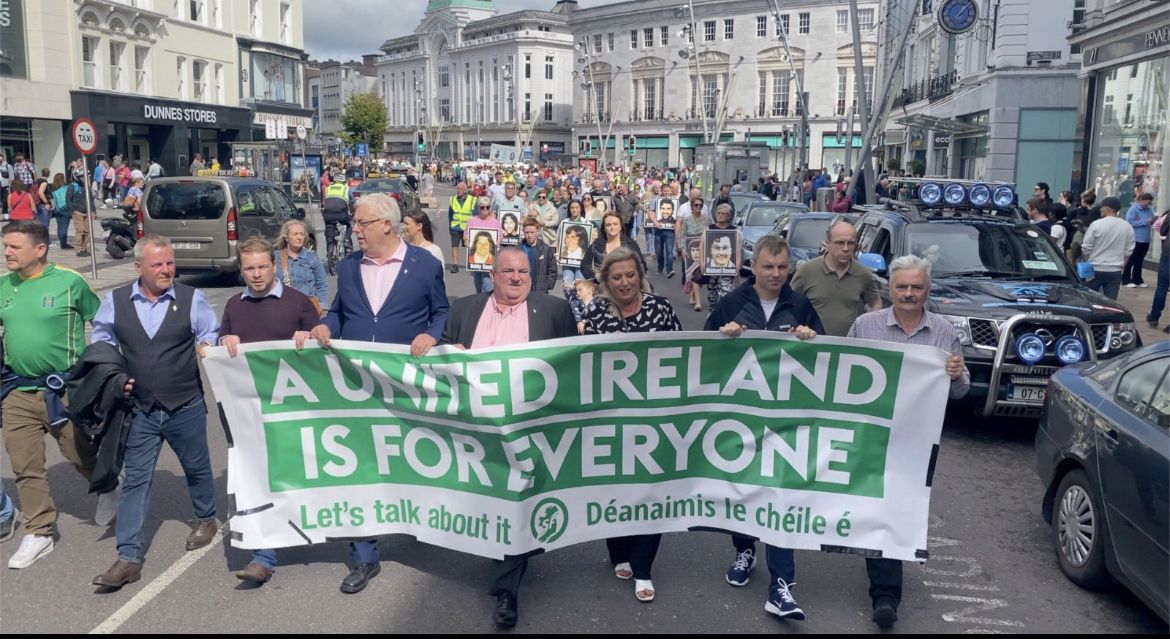
The Irish establishment might honor Thomas Ashe and Terence MacSwiney for example because they died over a hundred years ago in the era of the Easter Rising and the War of Independence. But contemporary hunger strikers are ignored or denigrated. The sacrifice is the same. The end result is the same.
The establishment honors Michael Collins, but he would find them all contemptible.
Hunger Strikers 1917-1981: Thomas Ashe (1917), Terence MacSwiney (1920), Michael Fitzgerald (1920), Joe Murphy (1920), Joseph Whitty (1923), Andy O'Sullivan (1923), Denny Barry (1923), Tony D'Arcy (1940), Jack McNeela (1940), Seán McCaughey (1946), Michael Gaughan (1974), Frank Stagg (1976), Bobby Sands (1981), Francis Hughes (1981), Raymond McCreesh (1981), Patsy O'Hara (1981), Joe McDonnell (1981), Martin Hurson (1981), Kevin Lynch (1981), Kieran Doherty (1981), Thomas McElwee (1981) and Michael Devine (1981).
Seamus Scanlon is Librarian, Division of Interdisciplinary Studies, at City College Downtown, CCNY’s lower Manhattan campus.

